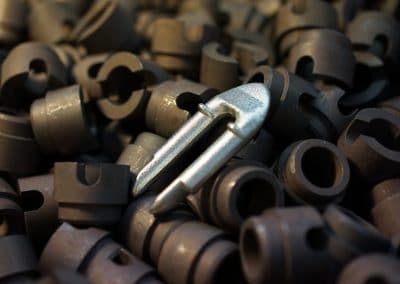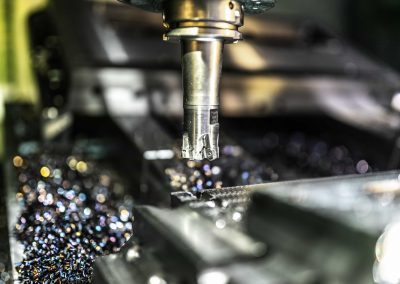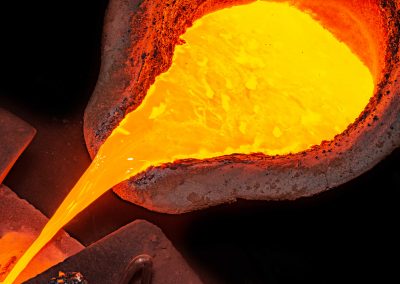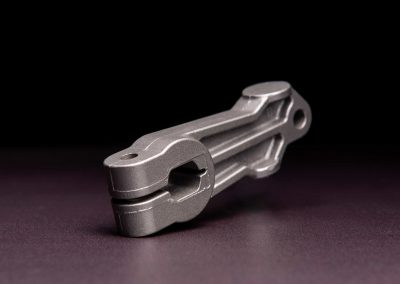Sand casting
Sand casting is a process characterized by using sand as the mold material. These molds are destroyed again after the casting process. Therefore, the sand casting is classified in the group of expandable molds.
By sand casting especially parts of grey iron, spheroidal graphite iron, steel and aluminum are manufactured. Malleable cast iron is on the decline.
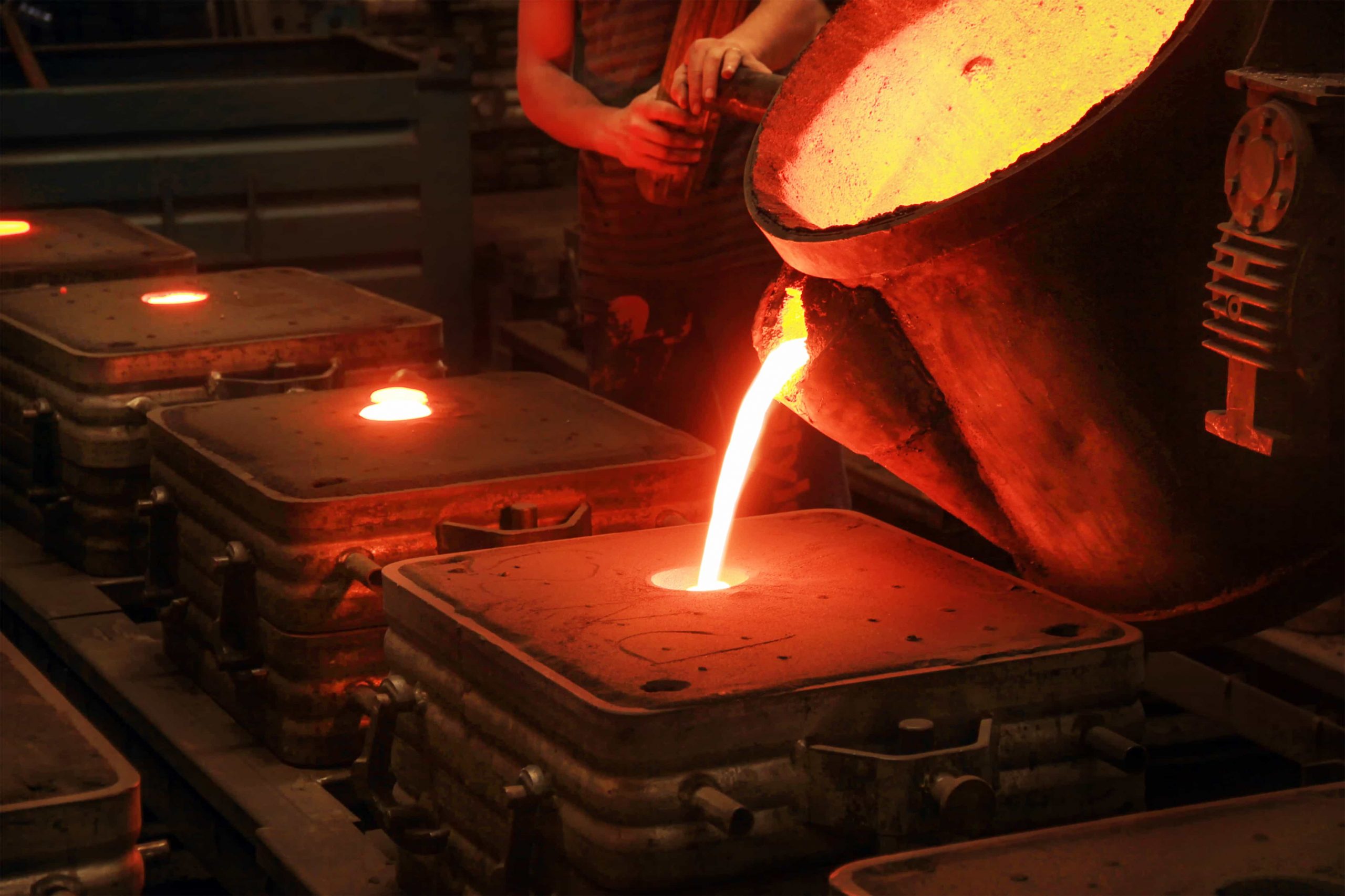
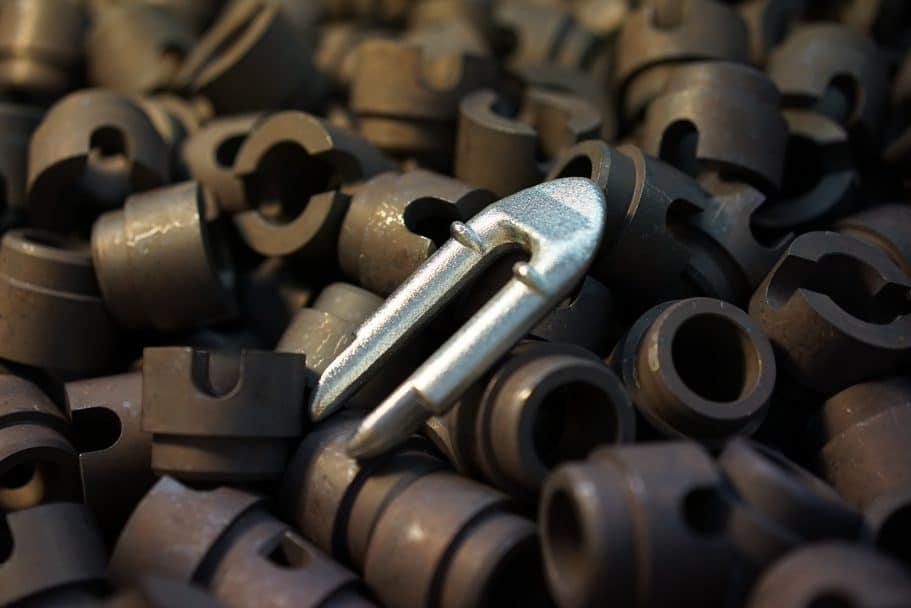
When the pattern is designed, a contract of up to 2.5%, the so-called contraction allowance, must be considered. Therefore, the pattern is always somewhat larger than the later casting.
Each metal and alloy contracts by an amount distinct from all others.
As an example, a possible procedure for preparing a a molding box, is the following:
One half of the pattern is placed on a plate. Then a flask is also placed onto this plate, around this pattern-half. The flask is higher than the pattern-half itself. This flask is then filled with a molding sand.
The sand is packed in through a vibratory process called ramming, until the sand adheres to the frame.
Filling and ramming with sand can be done by hand (hand molding, typically for smaller batch sizes) or by machine (machine molding, for lager series).

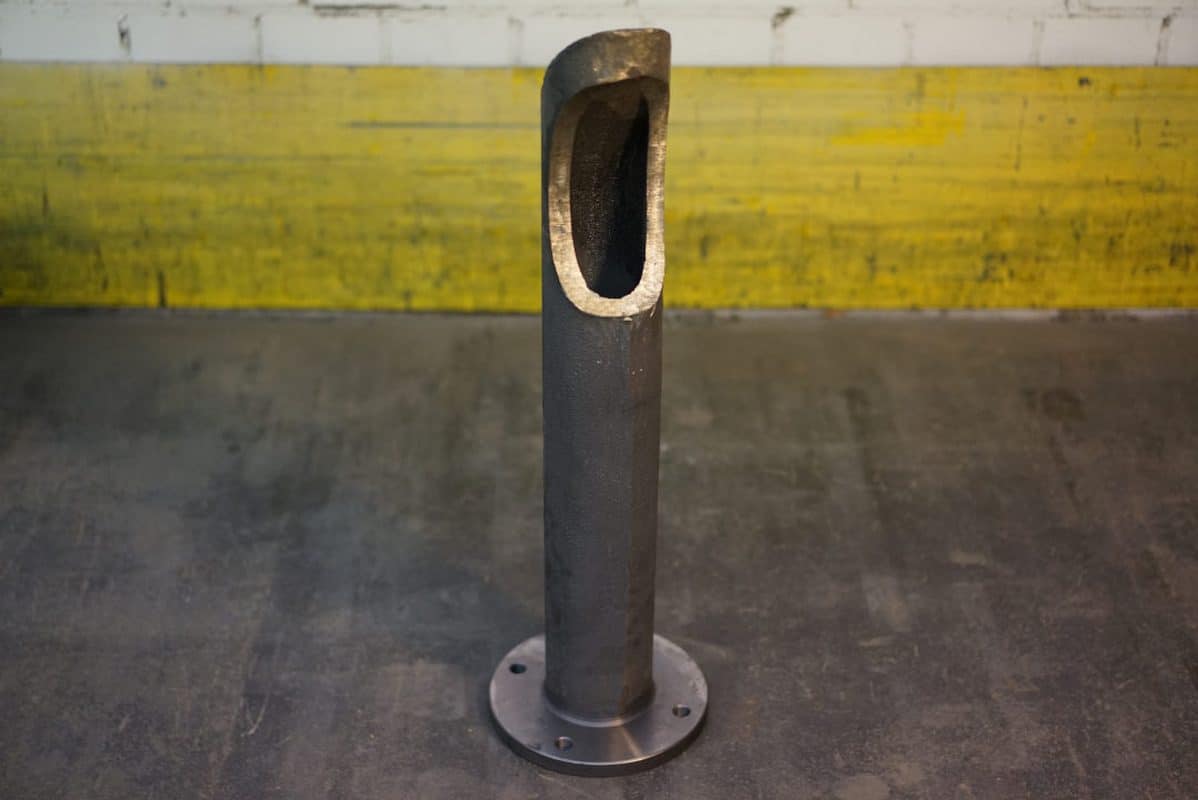
The second half of the pattern is now placed on the first one, which has already been molded in. After this second half is fixed against offset, another flask is placed on top of the first flask. Before this second flask is now also filled with sand, openings for sprue and riser must be considered. Sprue and riser can also be made by patterns.
After ramming of the sand in the second flask, the two halves of the molding box are separated again, to take out the patterns. A cavity has been created with the negativ model of the casting, into which the metal or casting material can be poured.
Eventually cores are placed inside the cavity. Cores are apparatus used to generate hollow cavities and / or under-cut profiles, which cannot be formed using pattern alone in molding. Cores are usually made of sand, some permanent cores made of metal.
After solidification of the melt the mold is destroyed and the casting part removed. Most of the molding sand can be recycled and reused again.
An alternative to the above-described process, using a multi-box, is the full-mold casting. In this process the pattern is made of an expanded polystyrene foam, which is molded in the sand. The pattern remains in the mold. It evaporates when the hot melt is poured into the mold.
This process is suitable for small batch sizes and articles with low surface and dimensional requirements.
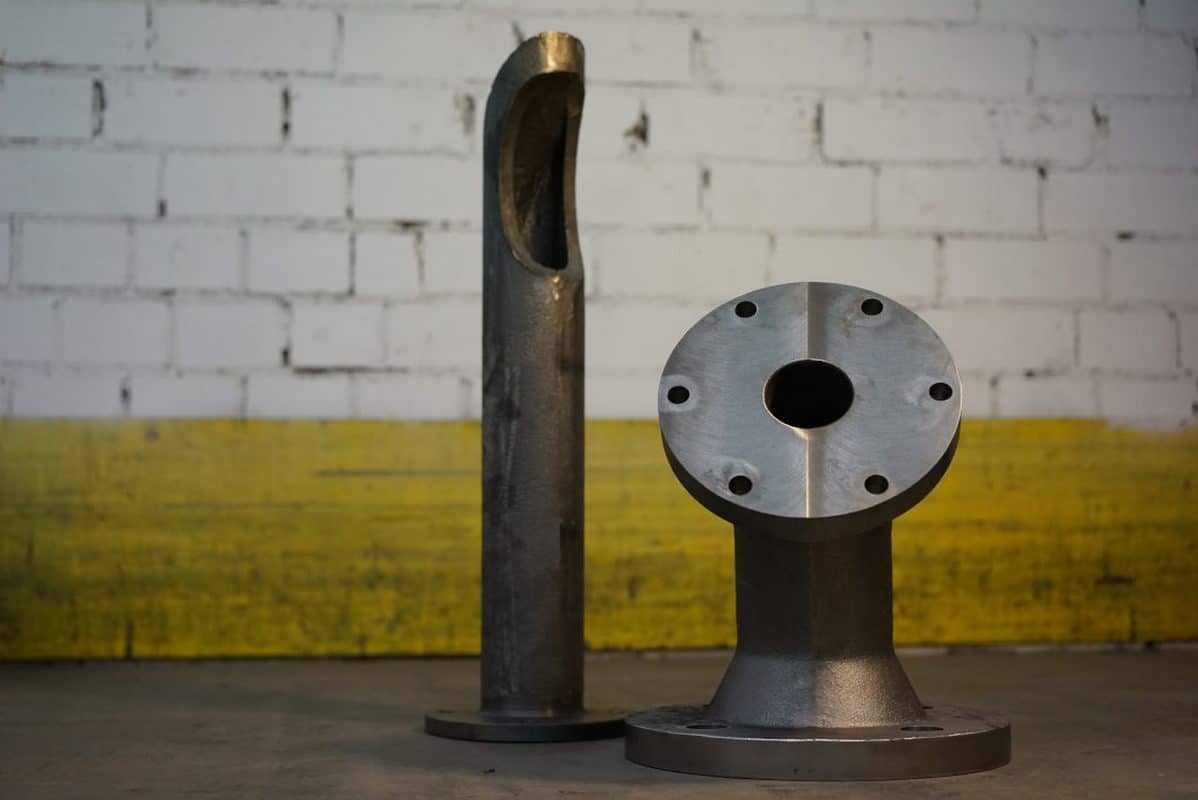
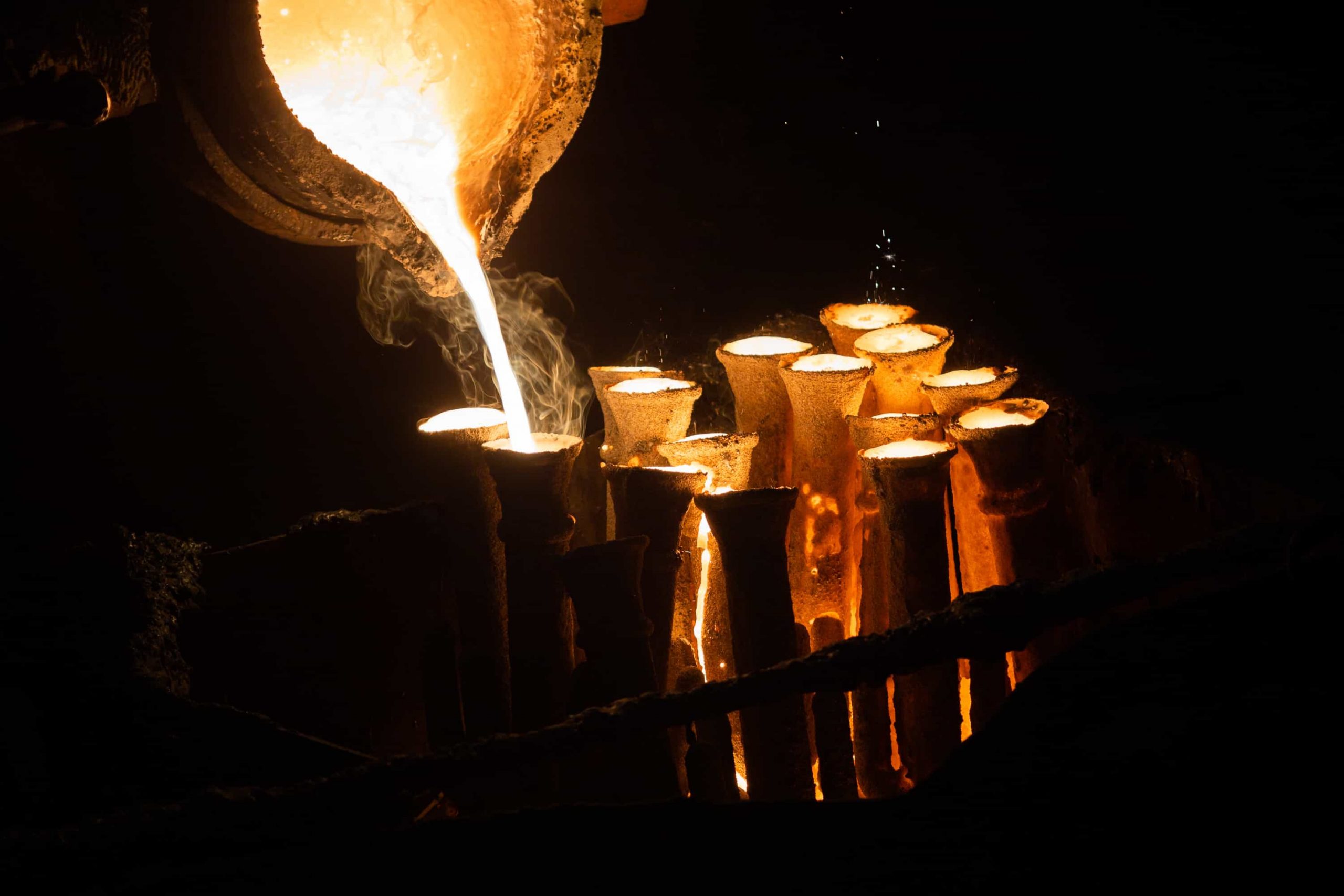
In most cases, castings are still machined. Additionally, heat treatment may be applied to improve mechanical properties and / or coated, to receive a more resistant surface.
A further distinctive feature for sand casting is the type of molding sand respectively binders used.
Beside bentonite different kind of organic and inorganic binders are available.
Using bentonite and water as binder, the process is also called “green sand” or “wet sand”. This is the binder combination which is typically used. The name “green sand” comes from the fact that the sand mold is still in the uncured (green) state, even when the metal is poured in the mold.
The hardness of the mold is significantly determined by the part of binder and water. A higher binder content, in correlation with water, increases the quality of the mold.
However it must always be borne in mind that an increasing binder content will also increase the costs of the mold.
Furthermore, it is then more difficult to separate the solidified castings from the mold material.

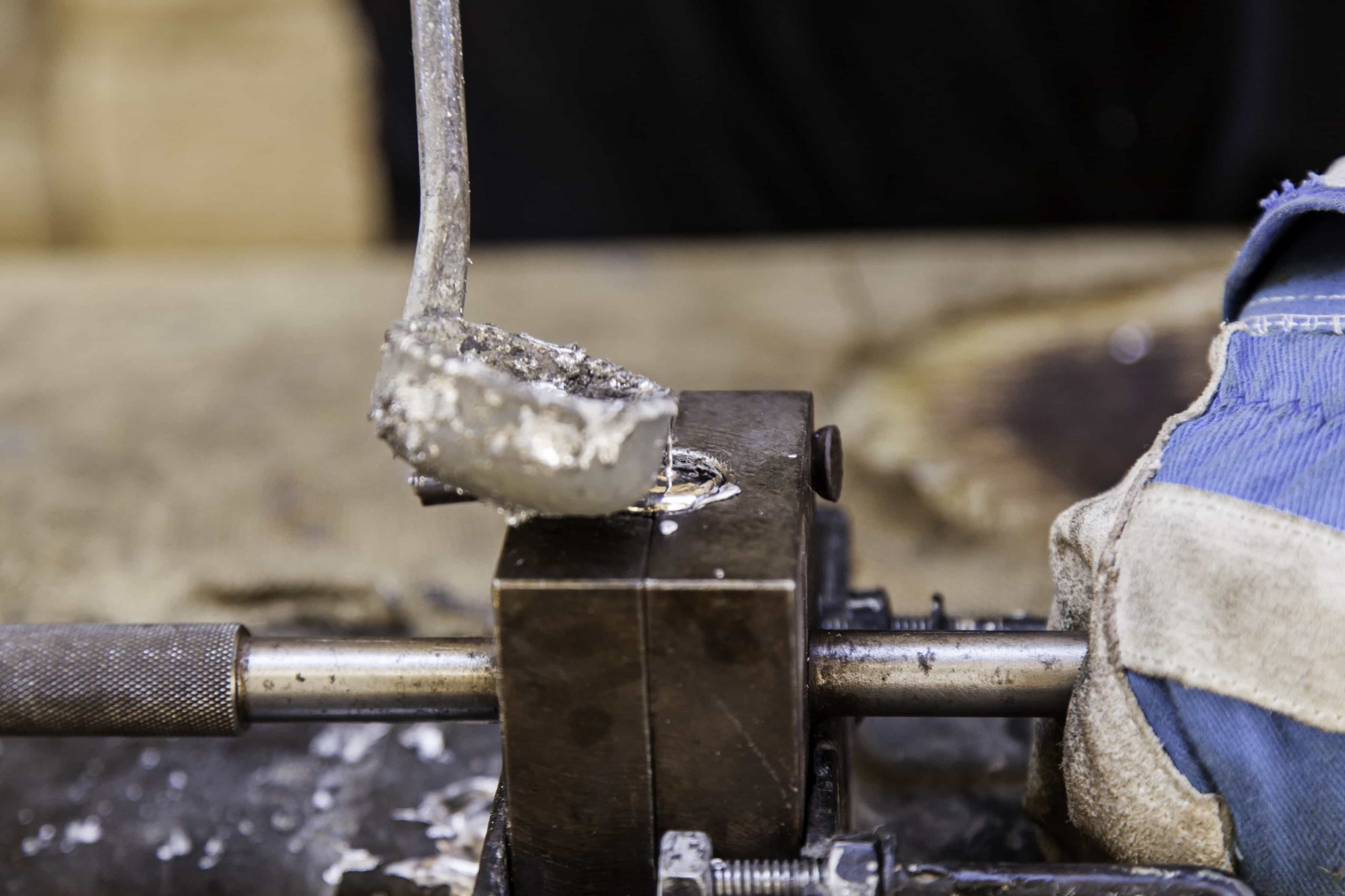
However, by adjusting the mold mix, the parameters were improved. Today, the water glass process can be used to achieve high surface qualities, almost approaching the quality of investment cast components, at more favorable costs.
Organic binders consist of carbon compounds, for example all kind of synthetic resin binders. Typical binders are furan resin respectively phenolic resin.
The advantage of this binder system is that it cures quickly with the aid of a catalyst, without the need of any thermal influence.
The binder systems differ primarily in price and in surface quality of the final castings.




